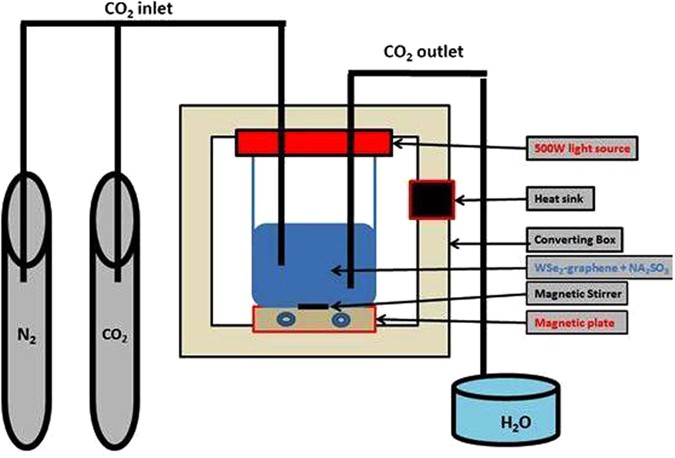
A revolutionary photocatalytic reaction, recently introduced, has the capability to establish a new standard for hydrogen gas splitting while simultaneously transforming carbon dioxide into valuable hydrocarbons with significant selectivity. This cutting-edge process is regarded as a prospective energy-efficient substitute for conventional methods such as the Fischer–Tropsch process.
Nengchao Luo, from the Dalian National Laboratory for Clean Energy, co-directed the initiative and characterizes it as “a novel and effective mechanism of hydrogen activation.” He points out that this progress could influence a multitude of hydrogenation reactions across the industry, as hydrogenation steps are essential to approximately 25% of all chemical processes.
The essence of Luo’s team’s innovation comprises gold nanoparticles coated with titanium dioxide. When subjected to near-ultraviolet light, the interaction between gold and titanium oxide promotes the selective dissociation of hydrogen molecules into reactive fragments. These elements effectively convert carbon dioxide into ethane, and by combining this procedure with an ethane dehydrogenation photocatalyst in a flow reactor, the team accomplished a 99% yield and selectivity in converting carbon dioxide to ethylene.
Ethylene acts as a multifaceted chemical feedstock in various industries; however, its conventional production is energy-demanding and dependent on fossil fuels, as noted by Alexandra Barth from North Carolina State University. The new technique, on the other hand, utilizes light to enable stepwise reduction and dehydrogenation, offering an environmentally friendly alternative.
Photocatalysis expert Carla Casadevall elaborates on the catalyst’s unique selectivity, attributing it to its structural and mechanistic distinctiveness. Uncommonly, the catalyst functions effectively at ambient temperatures without the need for additional heating. UV light generates electric dipoles at the gold-titanium oxide interface, promoting heterolytic hydrogen splitting. The flow chemistry configuration further enhances the catalyst’s durability, allowing the reaction to continue effectively for over 1500 hours.
Despite its potential, Barth points out that the dependence on energy-consuming UV light and the cost of gold create hurdles for large-scale implementation. Future modifications may entail replacing noble metals with more readily available materials to sustain efficiency.
Casadevall remains hopeful, highlighting the catalyst’s minimal gold necessity and recognized longevity. Luo’s team is investigating alternatives such as titanium nitride to further improve both economic and environmental factors. While industrial photocatalysis is still in its early stages, these discoveries highlight its potential for sustainability and economic feasibility.